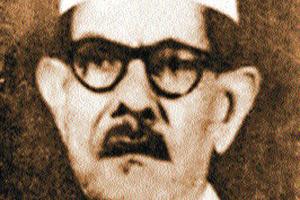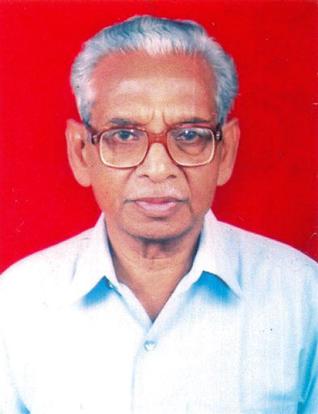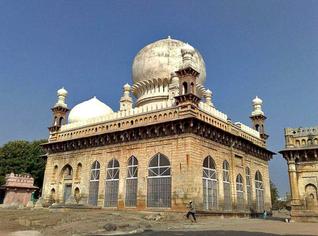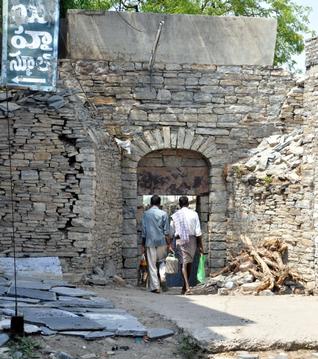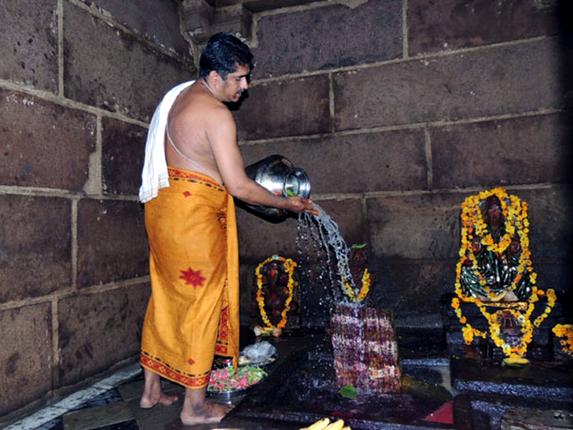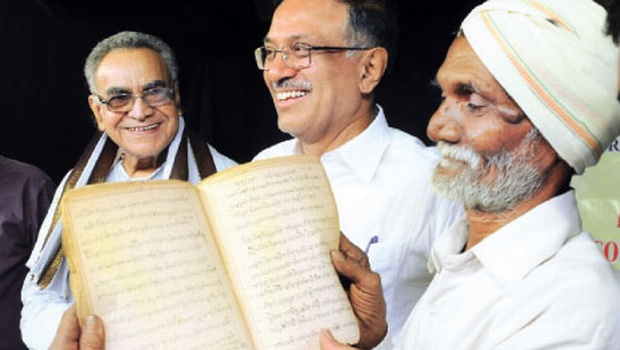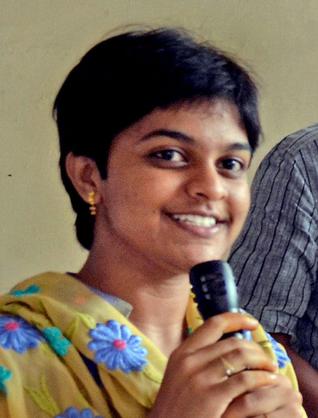
Being a civil engineering student doesn’t stop her to reach out to the deprived lot and serve society in the best possible manner.
It is this selfless attitude that made K. Nikita, III year student of Dr. L. Bullayya College, stand out from the crowd and win an international award ‘Leo of the Year 2012-2013’. As part of Leo Club Visakhapatnam Greater, a community-based youth wing of Lions Clubs International, Nikita got selected for her consistent effort serving diverse communities. Nikhita is the first person to win the award from the State and second in the country, says her father K.L.V. Krishna Rao.
Apart from being a brilliant student and an NCC cadet, Nikita has designed several projects that heighten the happiness quotient of the needy. “The club, involving 20 youngsters, provides me a platform to meet different people and understand their requirements. Visiting places such as Central Jail, Juvenile Home for Girls, old age homes and slum areas made me think beyond classrooms,” she says.
Community projects
Nikita feels creating tailor-made community projects provide an avenue to foster leadership qualities. She says, “service is contagious. It gives me immense pleasure when people benefit out of our programmes and spread the smile. The recent week-long workshop at the Central Jail saw inmates participating in a series of sports and quiz contests. I feel these people have been brushed aside by society due to varied reasons. And it is our responsibility to bring change in their lives.”
Drawing inspiration from her parents and team-mates, Nikita is confident about living her dream by utilising her time efficiently. Shuffling between studies and community work, according to her, is an art that one nurtures over a period of time. “Everything is time bound in life. It is important to plan your day. With so much to do in life, the art of living lies in enjoying what you do. And in the process, you will end up finding time for anything you want to do,” she adds.
source: http://www.thehindu.com / The Hindu / Home> National> Andhra Pradesh / by Rani Devalla / Visakhapatnam – January 31st, 2014
